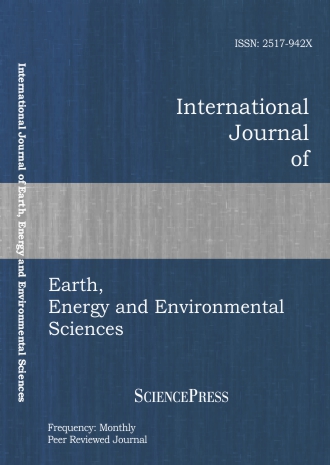
Scholarly
Volume:5, Issue: 11, 2011 Page No: 720 - 724
International Journal of Earth, Energy and Environmental Sciences
ISSN: 2517-942X
1576 Downloads
Effect of Zeolite on the Decomposition Resistance of Organic Matter in Tropical Soils under Global Warming
Global temperature had increased by about 0.5oC over the past century, increasing temperature leads to a loss or a decrease of soil organic matter (SOM). Whereas soil organic matter in many tropical soils is less stable than that of temperate soils, and it will be easily affected by climate change. Therefore, conservation of soil organic matter is urgent issue nowadays. This paper presents the effect of different doses (5%, 15%) of Ca-type zeolite in conjunction with organic manure, applied to soil samples from Philippines, Paraguay and Japan, on the decomposition resistance of soil organic matter under high temperature. Results showed that a remain or slightly increase the C/N ratio of soil. There are an increase in percent of humic acid (PQ) that extracted with Na4P2O7. A decrease of percent of free humus (fH) after incubation was determined. A larger the relative color intensity (RF) value and a lower the color coefficient (6logK) value following increasing zeolite rates leading to a higher degrees of humification. The increase in the aromatic condensation of humic acid (HA) after incubation, as indicates by the decrease of H/C and O/C ratios of HA. This finding indicates that the use of zeolite could be beneficial with respect to SOM conservation under global warming condition.
Authors:
References:
[1] Baranciková, G., N. Senesi and G. Brunetti. "Chemical and